About Tezos (XTZ)
Tezos is a decentralized cryptocurrency platform designed to offer scalable and secure solutions for smart contracts and decentralized applications (dApps). It operates with a proof-of-stake consensus mechanism, which allows token holders, known as “bakers,” to validate transactions and participate in the network’s governance. This system offers a more energy-efficient alternative to proof-of-work mechanisms like those used by Bitcoin and Ethereum.
Key Features of Tezos (XTZ)
One of the standout features of Tezos is its ability to perform formal verification. This process enables developers to ensure the accuracy and correctness of smart contracts before they are deployed, making Tezos an ideal platform for high-value and sensitive applications. It significantly reduces the risks of bugs or vulnerabilities in smart contracts, enhancing the platform’s security.
Another critical aspect is Tezos’ on-chain governance model. Unlike other blockchain projects, Tezos allows its stakeholders to propose and vote on protocol upgrades, thus eliminating the need for hard forks, a common challenge faced by networks like Bitcoin and Ethereum. This democratic, community-driven governance ensures Tezos can evolve over time while maintaining consensus among its users.
Baking: The Process of Staking in Tezos (XTZ)
Tezos uses a process known as “baking” to describe the act of validating transactions and securing the network. To become a baker, participants must stake a minimum of 8,000 XTZ tokens. Bakers are then responsible for voting on proposed changes to the Tezos protocol. The voting process takes place over a 23-day period, after which any changes that receive sufficient support are implemented. This ensures that Tezos evolves in a gradual and controlled manner, avoiding drastic and potentially disruptive changes.
Tezos’ Focus on High-Value Use Cases
Tezos’ smart contract language is designed with high accuracy to support high-value use cases, such as financial services, supply chain management, and legal contracts. This focus on precision and correctness sets Tezos apart from other platforms that might be less suited for such critical applications. Additionally, its unique feature of self-amendment allows Tezos to upgrade its protocol seamlessly, maintaining flexibility and future-proofing the platform.
Tezos (XTZ): A Brief History
The concept of Tezos was proposed in 2014 by Arthur Breitman under the pseudonym L. M. Goodman. Along with his wife Kathleen, Arthur founded Dynamic Ledger Solutions to develop the Tezos blockchain. In 2017, Tezos raised over $230 million through an initial coin offering (ICO), and after several delays, its mainnet was launched in 2018. Since then, Tezos has continued to evolve, with its community playing an active role in decision-making and governance.
The Future of Tezos (XTZ)
Tezos stands out as a blockchain platform that combines robust security, scalability, and community governance. Its unique features, including formal verification, self-amendment, and the baking process, make it an attractive option for developers and enterprises seeking a reliable and future-proof platform. With its continued growth and development, Tezos is well-positioned to play a leading role in the blockchain space for years to come.



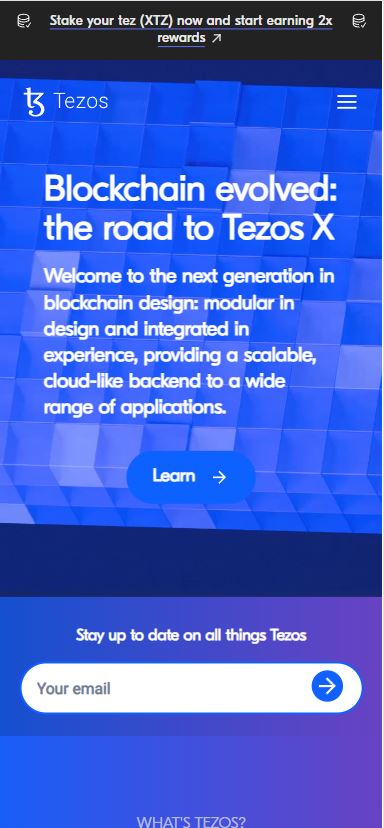
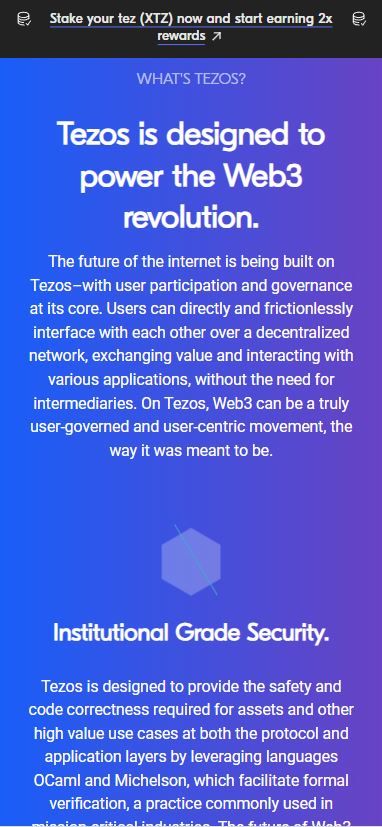

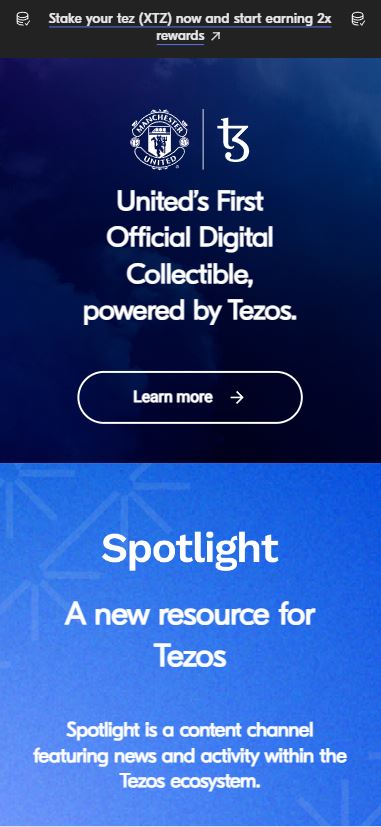
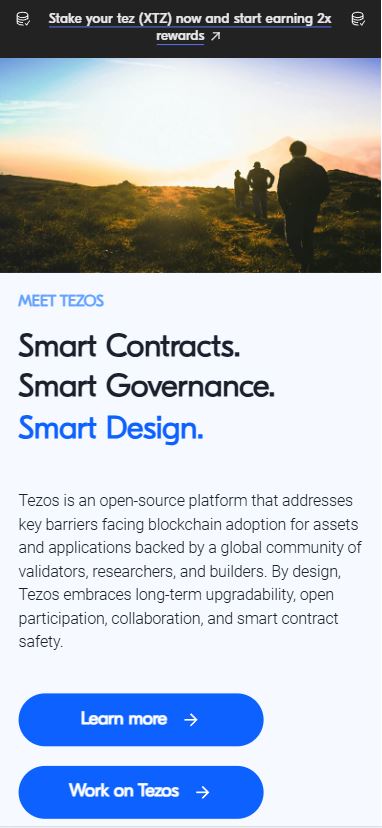
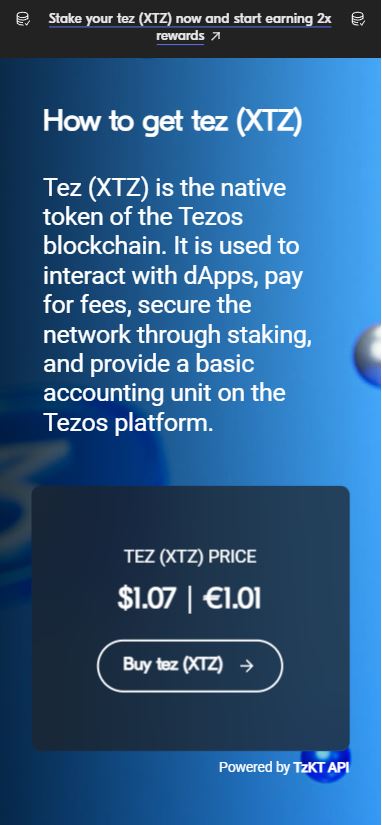
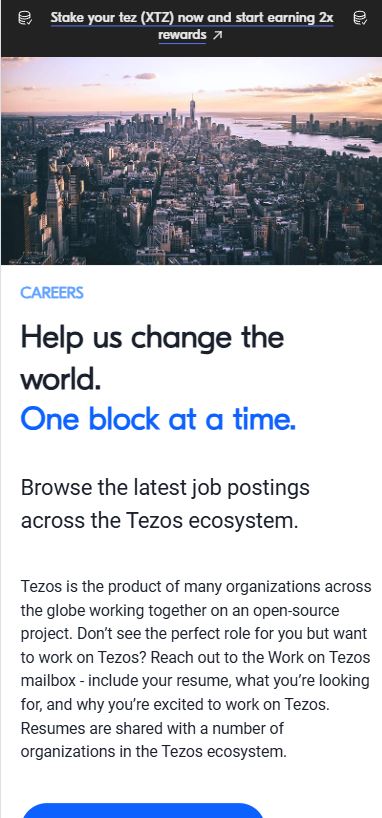
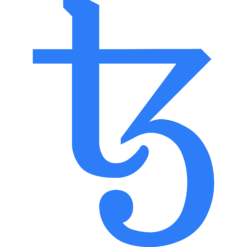













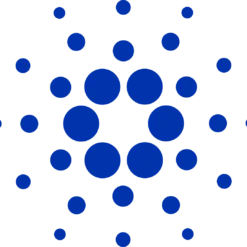
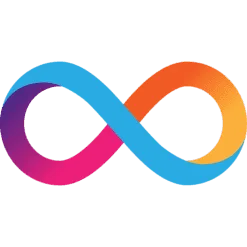
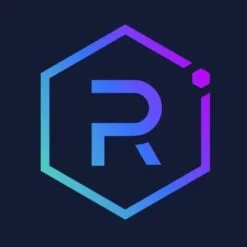


Reviews
There are no reviews yet.